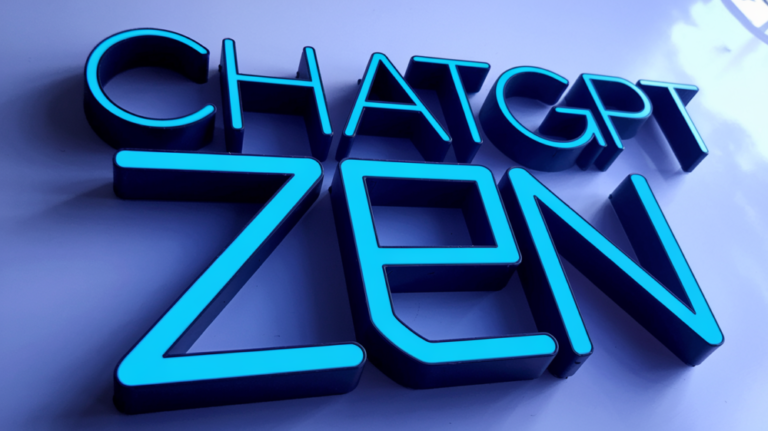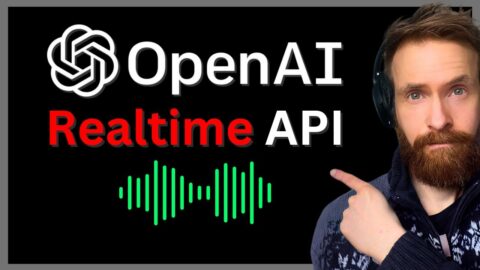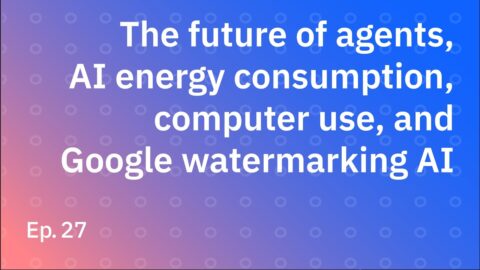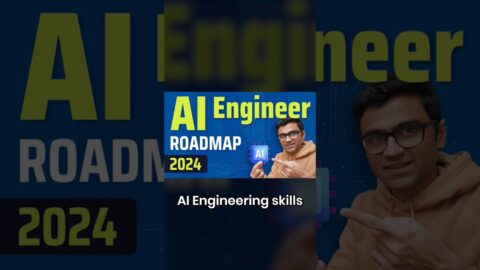How Neural Network Transformers work.
GPT-3 is a state-of-the-art language model created by OpenAI that has taken the field of natural language processing by storm. With over 175 billion parameters, it is currently the largest and most powerful language model in existence.
GPT-3 is capable of generating human-like text that is difficult to distinguish from text written by a human. Give it a ‘prompt’ and it will respond in a human-like way. It has many applications, including chatbots, content creation, even code generation.
One of the most amazing things about GPT-3 is that it can perform tasks that it has never been explicitly trained for. It can perform novel tasks with well designed prompts. This is known as zero-shot learning, and it is made possible by the vast amount of data that GPT-3 has been trained on.
Overall, GPT-3 represents a significant milestone in the field of natural language processing, and it will be exciting to see what new applications and innovations it enables in the years to come. So there you have it "GPT-3 in 60 Seconds."
=========================================================================
Link to introductory series on Neural networks:
Lucidate website: …
YouTube: …
Link to intro video on 'Backpropagation':
Lucidate website: …
YouTube:
'Attention is all you need' paper –
=========================================================================
Transformers are a type of artificial intelligence (AI) used for natural language processing (NLP) tasks, such as translation and summarisation. They were introduced in 2017 by Google researchers, who sought to address the limitations of recurrent neural networks (RNNs), which had traditionally been used for NLP tasks. RNNs had difficulty parallelizing, and tended to suffer from the vanishing/exploding gradient problem, making it difficult to train them with long input sequences.
Transformers address these limitations by using self-attention, a mechanism which allows the model to selectively choose which parts of the input to pay attention to. This makes the model much easier to parallelize and eliminates the vanishing/exploding gradient problem.
Self-attention works by weighting the importance of different parts of the input, allowing the AI to focus on the most relevant information and better handle input sequences of varying lengths. This is accomplished through three matrices: Query (Q), Key (K) and Value (V). The Query matrix can be interpreted as the word for which attention is being calculated, while the Key matrix can be interpreted as the word to which attention is paid. The eigenvalues and eigenvectors of these matrices tend to be similar, and the product of these two matrices gives the attention score.
=========================================================================










